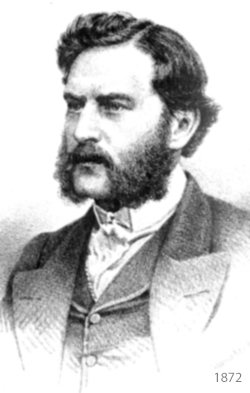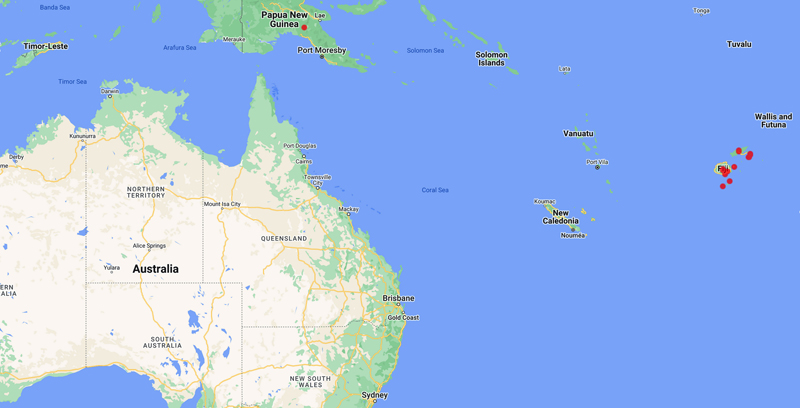
Council of Heads of Australasian Herbaria
Australian National Herbarium
Biographical Notes
 |
Council of Heads of Australasian Herbaria |
 Seemann, Berthold Carl (1825 - 1871)
Seemann, Berthold Carl (1825 - 1871)Born on 25 February 1825, in Hanover, Germany; died on 10 October 1871, in Nicaragua, Central America.
He was educated at
the University of Gottingen. He subsequently trained at Kew
Gardens and in 1846 was appointed naturalist to HMS Herald,
employed at that time on a surveying expedition of the Pacific.
He
returned to England in 1851 and published several books, including
the Botany of the Voyage of HMS Herald (1852-1857), before
travelling to Fiji in 1860.
In Fiji, over a period of about eight
months, he collected approximately 800 plant species and recorded
the customs of local tribes.
In 1862, Seemann published a general
account of his Fijian exploits and this was followed by the
beautifully illustrated Flora vitiensis (1865-1873).
He started and edited the journal Bonplandia from 1853-1862 and the Journal of Botany, British and Foreign from 1863-1871.
"Revision of the natural order Hederaceae" was a series of articles written by Seemann on what is now called the family Araliaceae. They appeared in the Journal of Botany, British and Foreign from 1864 to 1868.
In the 1860s he visited South America, travelling in Venezuela in 1864 and Nicaragua from 1866 to 1867. He later managed a sugar estate in Panama and the Javali gold mine in Nicaragua, where he finally succumbed to malaria.
The plant genus Seemannia Regel. (Gesneriaceae), Seemannantha Alef. and Seemannaralia R. Viguier (Araliaceae) were named in his honour.
Source: Extracted from:
Short, P. 'In Pursuit of Plants', UWA Press, 2003
https://en.wikipedia.org/wiki/Berthold_Carl_Seemann
Portrait Illustration: c.1872, ex Short (above)
Data from 273 specimens (only those in Australasian herbaria)
